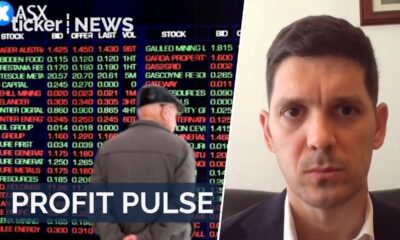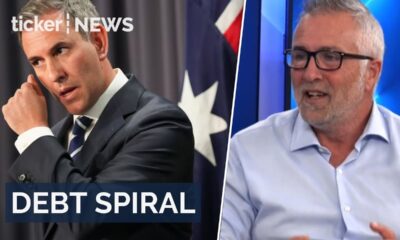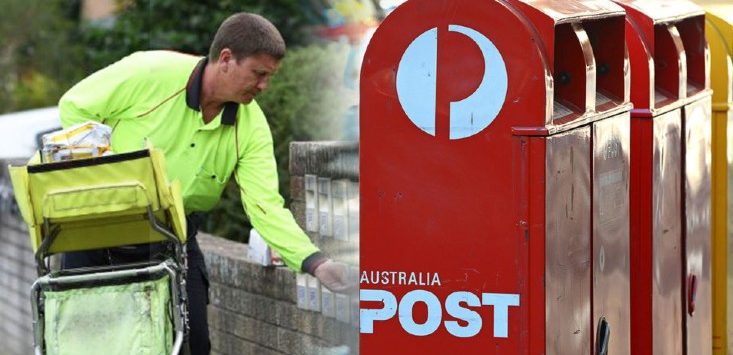Money
E-Commerce here to stay, despite continued lockdowns

Money
Stocks rally ahead of Thanksgiving as markets log four days of gains
Markets gain momentum ahead of Thanksgiving, with the Dow up 388 points and Oracle rising 4% amid investor optimism.
Money
Dow surges 500 points amid rate cut optimism
Dow jumps 569 points on fresh hopes for December rate cut and AI market optimism
Money
Gold prices surge as Central Banks buy big, but risks grow ahead
Gold prices surge as central banks increase demand; risks include a stronger dollar and rising interest rates.
-



 News2 days ago
News2 days agoWarner rejects Paramount’s hostile takeover bid
-



 Shows2 days ago
Shows2 days agoJames Bozinovski: Reshaping retail with innovative strategies
-



 News4 days ago
News4 days agoAI surges in 2025: Key insights
-



 News3 days ago
News3 days agoSupreme Court upholds TikTok ban: Free speech at risk?
-



 News1 day ago
News1 day agoAI stocks surge amid market shifts and spending warnings
-



 News4 days ago
News4 days agoRBA outlook and Australian equities in 2026: Commodities, rate cuts, and top sectors
-



 News4 days ago
News4 days agoAlbanese rejects super tax push amid political tensions
-



 News4 days ago
News4 days agoBondi terror attack shocks Australia as ASIO-linked gunman comes into focus









